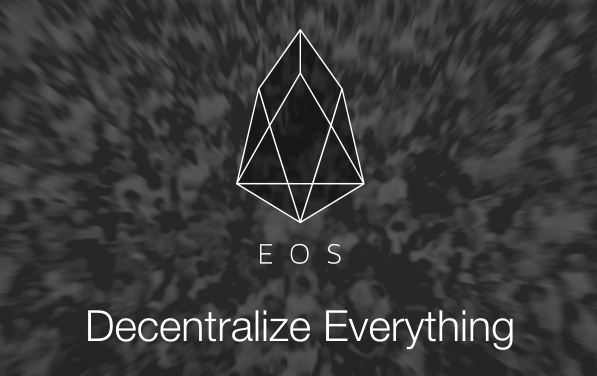There is a new project out there that is turning heads. EOS.IO is software that introduces a new blockchain structure to the cryptographic and decentralized world. This software is designed to allow for both vertical and horizontal scaling of decentralized applications. Let’s take a look at this project a little more in depth and see what it has to offer.
The Dawn of EOS.IO
During the summer, the EOS team was working hard on developing their software. Now that the summer is over, the team is happy to announce that they are actually ahead of schedule development-wise. Their software promises to allow for both horizontal and vertical scaling decentralized apps, also known as Dapps. As most readers will know, scaling is one of the hardest things to achieve with blockchains.
EOS is different because of its software architecture. It is not unlike an operating system where applications can be built. Its software provides accounts, databases, authentication, asynchronous communication, and – this is where it gets really cool – the ability to schedule tasks across hundreds of CPUs. The team believes that their structure will allow for millions of transactions per second on the blockchain, eliminate fees, and allow for the quick deployment of decentralized applications.
Backing up the Claims
Recently, the EOS team was able to benchmark the performance of their project. An internal review found their software able to handle 10,000 single threaded transactions per second on a multi-node network. They believe this means they will be able to achieve their goal of 1 million transactions per second on machines with 100 CPU cores.
That in itself is impressive, but the team has even more exciting updates to share. New improvements to the architecture has also made it easier to run applications in parallel. They also have enabled shared database access without requiring complex asynchronous communication between multiple applications. To do this, transactions declare scopes of the data set needed, then the block protocol ensures no conflicts arise by scheduling those transactions.
While these and other advancements are interesting to read about, perhaps the most exciting design improvement is the ability to allow horizontal scaling. EOS does this by giving developers high single-machine performance. This means that businesses will be able to scale millions of transactions per second before requiring a more complex asynchronous architecture. The team realizes that not every business needs to scale to this size, so it offers a streamlined approach for those that do not need to scale to such heights.
What’s Next?
EOS.IO Dawn 1.0 will be released sometime this month and should be stable enough that anyone should be able to launch their own test network to build and deploy their applications. The team is ahead of schedule and already in phase two of the road map. This means that they should be able to complete phase three of their project on time and release EOS Dawn 2.0 by the end of the year.
Check out the project here: https://eos.io/
EOS Whitepaper: https://github.com/EOSIO/Documentation/blob/master/TechnicalWhitePaper.md
EOS Roadmap: https://github.com/EOSIO/Documentation/blob/master/Roadmap.md
This is a sponsored post and does not necessarily reflect the opinons held by any of The Merkle’s employees. This is not investment or trading advice; always conduct your own independent research.

